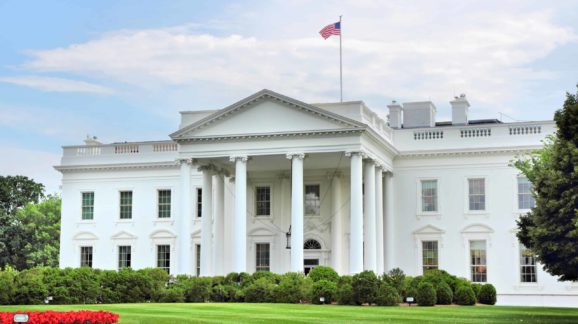The New White House Unified Agenda of Federal Regulations Promises Government Activism
Federal agencies outline their regulatory priorities in the Unified Agenda of Federal Regulatory and Deregulatory Actions (the “Agenda”) each Spring and Fall. The Agenda’s appearance is chronically erratic though, with the Biden administration’s tardy first edition appearing on June 11.
While the little-known Agenda provides a useful snapshot of rules in the pipeline and just finalized, political considerations like elections can sometimes alter priorities and cause agencies to accelerate rulemaking or abstain and report fewer rules, affecting the Agenda’s content and bulk. The Biden administration has never been subtle about its regulatory ambitions, however, and the new Agenda reflects that.
On the spending side, the Biden administration has promised, along with G7 leaders, to keep the “taps open” and “go big.” In much the same respect that Biden’s $6 trillion fiscal budget unabashedly calls for a nation to debt-spend its way to prosperity, the White House regulatory Agenda envisions a realm regulating itself into a progressive utopia.
Announced in a White House Office of Management and Budget press release called “An Agenda to Continue Powering A Robust and Equitable Economic Recovery,” Sharon Block, the Acting Administrator of Office of Management and Budget’s Office of Information and Regulatory Affairs invoked “still hard work ahead to build back better and more equitably.” The statement attributed to agencies the following bold-type ambitions:
- Protect Health and Safety
- Support a Robust Economic Recovery that Strengthens the Middle Class
- Advance Equity
- Confront the Climate Crisis
- Build a Fair, Orderly, and Humane Immigration System
Indeed the Biden administration regards the entire regulatory streamlining program of the former Trump administration as, in Biden’s own words, “harmful policies and directives that threaten to frustrate the Federal Government’s ability to confront … problems.” A series of Biden executive orders to revoke Trump actions have systematically gutted Trump entire program to contain the administrative state.
The OMB press release even took some digs at at the former administration, seemingly a new tone for the typically vanilla Agenda. Black intoned:
“[T]he Unified Regulatory Agenda continues rolling back the obstacles to recovery, equity, and sustainability that the prior Administration put in place, such as making it significantly harder for families to challenge discriminatory housing practices and emboldening corporate polluters as they continued to harm people and communities. … “The last four years offered a clear lesson on what happens when the Executive Branch fails to uphold its responsibility to protect the American people. Our first regulatory agenda demonstrates our commitment to reversing this trend and using every tool available to meet the challenges of the moment and support a robust and equitable economic recovery.”
Volumes have by this time been written about the perils of executive branch pen-and-phone overreach and the folly and dangers of “using every tool available.” Yet here we are.
Under Trump’s tenure, the normally unremarkable Agenda was accompanied by White House boasts of meeting goals for the “one-in, two-out” streamlining directive for agency rulemaking. This approach was rooted in Trump’s Executive Order 13771 “Reducing Regulation and Controlling Regulatory Costs,” now stricken by Biden.
Read the full article at Forbes.
